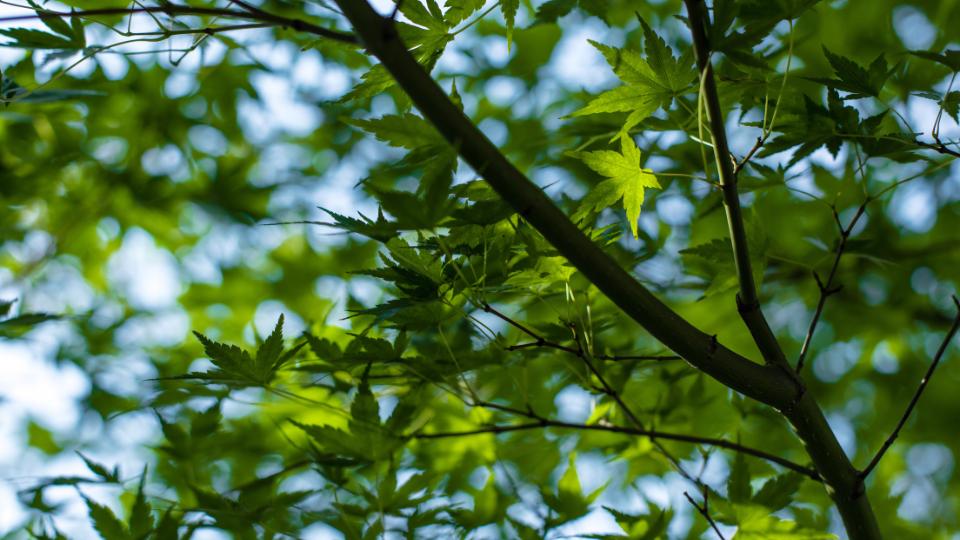Celebrate Arbor Day by Planting and Pruning – Ask an Expert

Arbor Day, celebrated in most of the United States on the last Friday in April, is a holiday that celebrates nature and encourages people to plant trees. J. Sterling Morton, the founder of Arbor Day, said, “Other holidays repose upon the past; Arbor Day proposes for the future.”
We can celebrate Arbor Day by planting trees and planning for the future, and we can also prune the trees and bushes we have to keep them healthy and growing strong in the future.
For tree planting tips and tricks, visit USU Extension’s Tree Brower, a database with photos and text descriptions of 245 tree species found in Utah and the Intermountain West. Browse through the complete tree list or narrow your search by selecting from 21 tree characteristics.
As for pruning, many gardeners are intimidated because they don’t know exactly what to do, so they attempt to do something they hope will look good. This often includes giving plants and shrubs a buzz cut, which, over time, removes too much of the shrub’s leaf-producing wood, which impacts plant health and makes it look thin.
A “renewal pruning” technique can keep a shrub’s size down and help maintain its health. It involves focusing on older branches and removing 20 - 25% of the branches from the base of the shrub. This will reduce the shrub’s size by 30 - 50% and still leave enough branches to grow leaves and keep the bush’s energy levels high. Shrubs that bloom in the spring, such as lilac, forsythia, and snowball bush, should be pruned as soon as they are done blooming.
Prune all other shrubs in late March to April. Consider these pruning tips, and be sure to wear protective clothing and gloves to safeguard your skin.
- There are many rose varieties, and they often require slightly different pruning techniques. Prune bush/shrub roses using renewal pruning. Prune hybrid tea and grandiflora roses between knee and waist high, depending on their age and vigor. Remove all but three or four of the healthiest canes, and prune them near the base of the rose. Hybrid tea and grandiflora roses bloom repeatedly throughout the growing season. Pruning them back keeps their size under control, increases the number of flowers, and can aid in controlling certain pests and diseases.
- When pruning fruit trees, start by pruning out dead and diseased wood, then remove crossing branches that grow up through the main canopy, and those growing downward. With the exception of peaches and nectarines, only 20 – 25% of the total canopy should be removed. This percentage does not include the dead or diseased wood that needs to be removed. Peaches and nectarines can have up to 40% of their wood removed since fruit is only produced on one-year-old wood. Click here to see a link on pruning peach trees. Click here to see a link for pruning apples.
- When pruning raspberries, first determine if you have the summer-bearing or ever-bearing variety. Ever-bearing types produce from summer into fall, while summer types only provide a heavy crop in the summer. One way to prune ever-bearing plants is to cut all canes a few inches above the ground. This allows for a large fall crop but no summer crop. Otherwise, the correct method for both types is to remove all dead canes from the ground-level patch. They are usually darker colored and have bark that is starting to sluff or peel. Thin the remaining living canes so they are spaced 6 inches apart, leaving the thicker canes. After doing this, cut the canes at chest height. Click here to see a video on pruning raspberries.
Arbor Day is a great time to consider which trees you want to plant in your yard and to prune and invest in the trees you have. For further yard and garden tips, visit garden.usu.edu.


 Utah 4-H & Youth
Utah 4-H & Youth